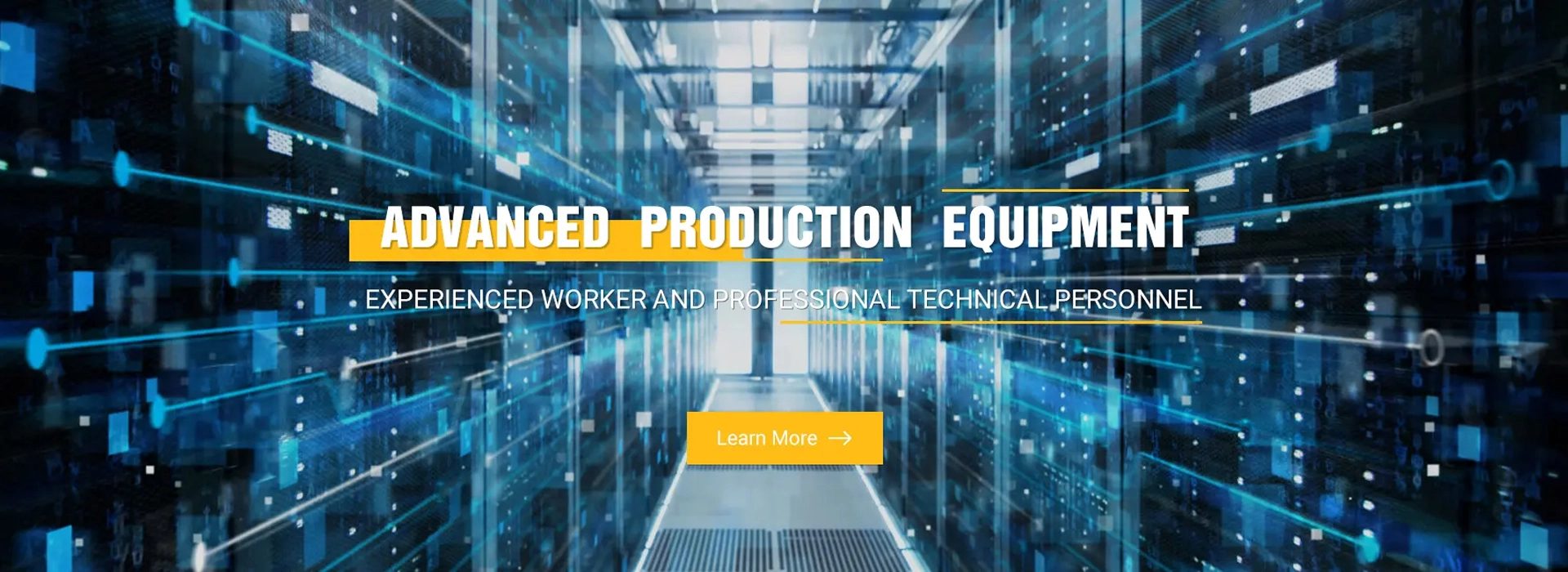
-
 Afrikaans
Afrikaans -
 Albanian
Albanian -
 Amharic
Amharic -
 Arabic
Arabic -
 Armenian
Armenian -
 Azerbaijani
Azerbaijani -
 Basque
Basque -
 Belarusian
Belarusian -
 Bengali
Bengali -
 Bosnian
Bosnian -
 Bulgarian
Bulgarian -
 Catalan
Catalan -
 Cebuano
Cebuano -
 Corsican
Corsican -
 Croatian
Croatian -
 Czech
Czech -
 Danish
Danish -
 Dutch
Dutch -
 English
English -
 Esperanto
Esperanto -
 Estonian
Estonian -
 Finnish
Finnish -
 French
French -
 Frisian
Frisian -
 Galician
Galician -
 Georgian
Georgian -
 German
German -
 Greek
Greek -
 Gujarati
Gujarati -
 Haitian Creole
Haitian Creole -
 hausa
hausa -
 hawaiian
hawaiian -
 Hebrew
Hebrew -
 Hindi
Hindi -
 Miao
Miao -
 Hungarian
Hungarian -
 Icelandic
Icelandic -
 igbo
igbo -
 Indonesian
Indonesian -
 irish
irish -
 Italian
Italian -
 Japanese
Japanese -
 Javanese
Javanese -
 Kannada
Kannada -
 kazakh
kazakh -
 Khmer
Khmer -
 Rwandese
Rwandese -
 Korean
Korean -
 Kurdish
Kurdish -
 Kyrgyz
Kyrgyz -
 Lao
Lao -
 Latin
Latin -
 Latvian
Latvian -
 Lithuanian
Lithuanian -
 Luxembourgish
Luxembourgish -
 Macedonian
Macedonian -
 Malgashi
Malgashi -
 Malay
Malay -
 Malayalam
Malayalam -
 Maltese
Maltese -
 Maori
Maori -
 Marathi
Marathi -
 Mongolian
Mongolian -
 Myanmar
Myanmar -
 Nepali
Nepali -
 Norwegian
Norwegian -
 Norwegian
Norwegian -
 Occitan
Occitan -
 Pashto
Pashto -
 Persian
Persian -
 Polish
Polish -
 Portuguese
Portuguese -
 Punjabi
Punjabi -
 Romanian
Romanian -
 Russian
Russian -
 Samoan
Samoan -
 Scottish Gaelic
Scottish Gaelic -
 Serbian
Serbian -
 Sesotho
Sesotho -
 Shona
Shona -
 Sindhi
Sindhi -
 Sinhala
Sinhala -
 Slovak
Slovak -
 Slovenian
Slovenian -
 Somali
Somali -
 Spanish
Spanish -
 Sundanese
Sundanese -
 Swahili
Swahili -
 Swedish
Swedish -
 Tagalog
Tagalog -
 Tajik
Tajik -
 Tamil
Tamil -
 Tatar
Tatar -
 Telugu
Telugu -
 Thai
Thai -
 Turkish
Turkish -
 Turkmen
Turkmen -
 Ukrainian
Ukrainian -
 Urdu
Urdu -
 Uighur
Uighur -
 Uzbek
Uzbek -
 Vietnamese
Vietnamese -
 Welsh
Welsh -
 Bantu
Bantu -
 Yiddish
Yiddish -
 Yoruba
Yoruba -
 Zulu
Zulu


Nov . 10, 2024 07:25 Back to list
Complete Handbook for Cable Hoist Pullers and Cobra Equipment Usage
Comprehensive Guide to Cable Hoists, Pullers, and Cobra Systems
In the world of heavy lifting and load management, cable hoists and pullers play a significant role in ensuring efficiency and safety. This comprehensive guide aims to provide you with crucial insights into these essential tools, focusing on their functionalities, applications, safety considerations, and the innovative Cobra system that has revolutionized the industry.
Understanding Cable Hoists and Pullers
Cable Hoists are mechanical devices used to lift or lower a load using a cable or rope. They are commonly used in construction, manufacturing, and warehousing. The mechanism typically involves a spool, which is wound with a heavy-duty cable that can be manually or electrically operated. Electric hoists are particularly advantageous for heavy loads, while manual hoists offer a cost-effective solution for lighter tasks.
Cable Pullers, on the other hand, are designed primarily for pulling heavy loads rather than lifting them. They are equipped with a ratchet mechanism that allows users to tighten or loosen cables with ease. These pullers are invaluable in applications like rigging, construction, and any scenario requiring the repositioning of large objects.
Applications of Cable Hoists and Pullers
Cable hoists and pullers are versatile tools used across a range of industries. Common applications include
1. Construction Sites Hoists are essential for lifting heavy materials to elevated work areas, while pullers assist in positioning heavy beams and structures. 2. Warehousing Both hoists and pullers streamline material handling, making it easier to manage inventory and move products efficiently.
3. Maritime These tools are invaluable for lifting and securing loads on boats and ships, ensuring safety and preventing accidents.
Safety Considerations
'comprehensive guide to cable hoist puller and cobra ...'

When operating cable hoists and pullers, safety should be the top priority. Here are some key safety tips
- Inspection Regularly inspect equipment for wear and tear. Look for frayed cables, rust, and damaged components. Always replace faulty equipment before use.
- Load Limits Be aware of the load capacity of your hoist or puller. Overloading can lead to catastrophic failures.
- Proper Setup Ensure that the hoist or puller is securely anchored and that the load is evenly distributed to maintain stability.
- Training Operators should be adequately trained in the use of these devices. Familiarity with the operation will reduce the likelihood of accidents.
- Personal Protective Equipment (PPE) Always wear appropriate PPE, including hard hats, gloves, and safety goggles, to protect against potential hazards.
The Cobra System A Game Changer in Load Management
The Cobra system, an innovative solution for lifting and pulling, integrates advanced technology to enhance functionality and safety. Unlike traditional hoists and pullers, the Cobra system offers features such as automated load monitoring, advanced braking systems, and smart connectivity for real-time data analysis.
This system is designed for high-efficiency operations, enabling users to lift and pull loads with minimal manual effort. Its intuitive controls and heavy-duty construction make it suitable for the most demanding tasks. Additionally, the Cobra system's ability to integrate with mobile applications provides operators with valuable insights into performance and safety metrics, streamlining operations further.
Conclusion
In conclusion, cable hoists and pullers are indispensable tools in various industries, enhancing productivity and safety in load management. Understanding their applications, adhering to safety protocols, and embracing innovative systems like the Cobra can significantly improve operational efficiency. Whether you’re lifting heavy equipment on a construction site or repositioning materials in a warehouse, selecting the right hoist or puller and using it responsibly can make all the difference in achieving your goals safely and efficiently.
Latest news
What Are Construction Tools and How Are They Used?
NewsJul.11,2025
Professional-Grade Duct Rodding Tools for Superior Cable Installation
NewsJul.11,2025
Enhancing Safety and Efficiency with Modern Hot Stick Solutions
NewsJul.11,2025
Empowering Cable Installation with Advanced Rodder Solutions
NewsJul.11,2025
Elevate Your Cable Installation Projects with Cable Pulling Tools
NewsJul.11,2025
Efficient Cable Handling Solutions: Cable Rollers for Sale
NewsJul.11,2025











